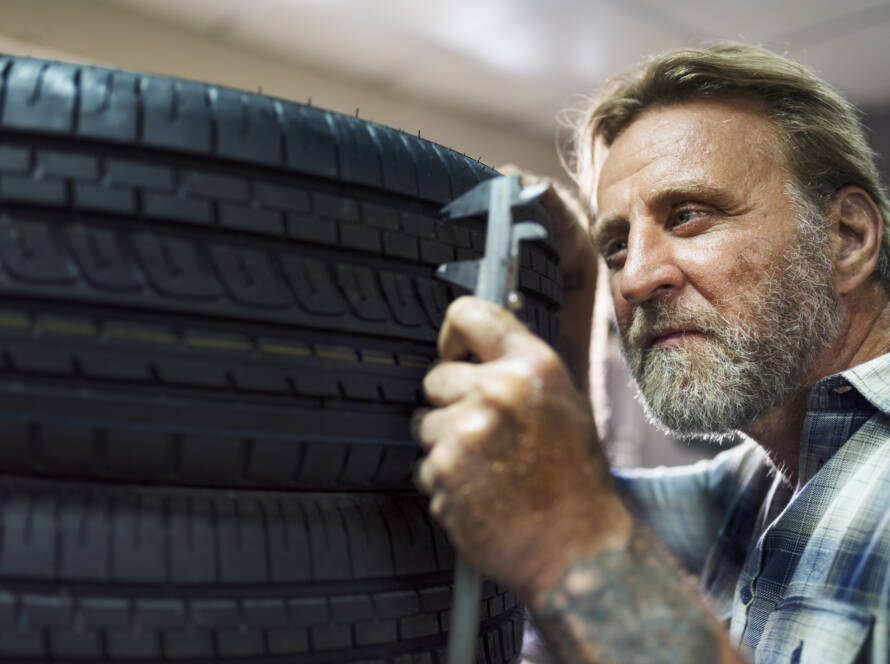Your car’s tires are its only point of contact with the road, making them crucial for safety, performance, and fuel efficiency. But how do you know when it’s time to replace them? In this article, we’ll explore the best time to change car tires, key signs of wear, and expert tips to ensure optimal driving safety.
1. When Should You Change Your Car Tires?
A. Based on Tread Depth
The most common indicator for tire replacement is tread depth. The legal minimum tread depth in most countries is 1.6 mm (2/32 inches), but experts recommend replacing tires when they reach 3 mm (4/32 inches) for better wet-weather grip.
- Use the Penny Test: Insert a penny into the tread with Lincoln’s head upside down. If you can see the top of his head, your tread is too shallow.
- Tread Wear Indicators: Modern tires have built-in wear bars. If these bars are flush with the tread, it’s time for a change.
B. Based on Age
Even if your tires look fine, rubber degrades over time. Most manufacturers recommend replacing tires every 6-10 years, regardless of tread depth.
- Check the DOT code on the tire sidewall (last four digits indicate the week and year of manufacture).
- Example: “DOT XXXXXX 2523” means the tire was made in the 25th week of 2023.
C. Based on Seasonal Changes
- Winter Tires: Should be replaced when tread depth falls below 4 mm (5/32 inches) for optimal snow traction.
- Summer/All-Season Tires: Replace before they reach the minimum tread depth to maintain wet-weather safety.
2. Key Signs You Need New Tires
✔ Visible Cracks or Bulges – Sidewall damage can lead to blowouts.
✔ Vibrations While Driving – Could indicate uneven wear or internal damage.
✔ Frequent Loss of Air Pressure – May signal a slow leak or structural weakness.
✔ Poor Handling in Wet Conditions – Reduced tread depth increases hydroplaning risk.
3. Best Time of Year to Replace Tires
- Spring/Fall: Ideal for switching between winter and summer tires.
- Before Long Trips: Ensures safety and fuel efficiency on highways.
- After Harsh Weather: Extreme temperatures accelerate tire wear.
4. How to Extend Tire Life
- Rotate Tires Every 8,000–10,000 km to ensure even wear.
- Maintain Proper Inflation (check monthly).
- Avoid Overloading your vehicle beyond its weight limit.
- Get Regular Wheel Alignments to prevent uneven tread wear.
Final Thoughts
Knowing when to change your car tires can prevent accidents, improve fuel economy, and enhance driving comfort. Regularly inspect tread depth, check for damage, and replace tires before they become a safety hazard.
Need new tires? Visit your local tire shop or schedule an inspection today to ensure your vehicle stays road-ready!





